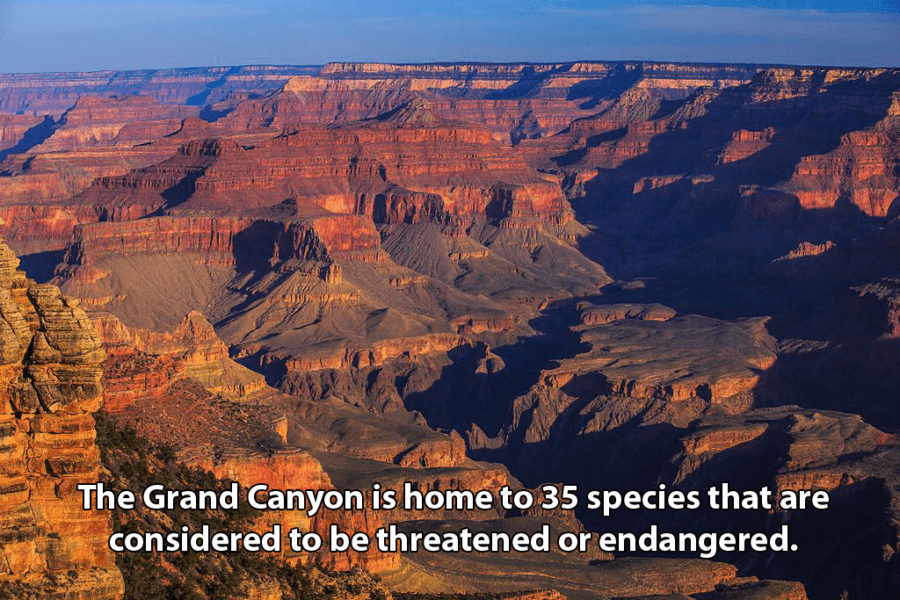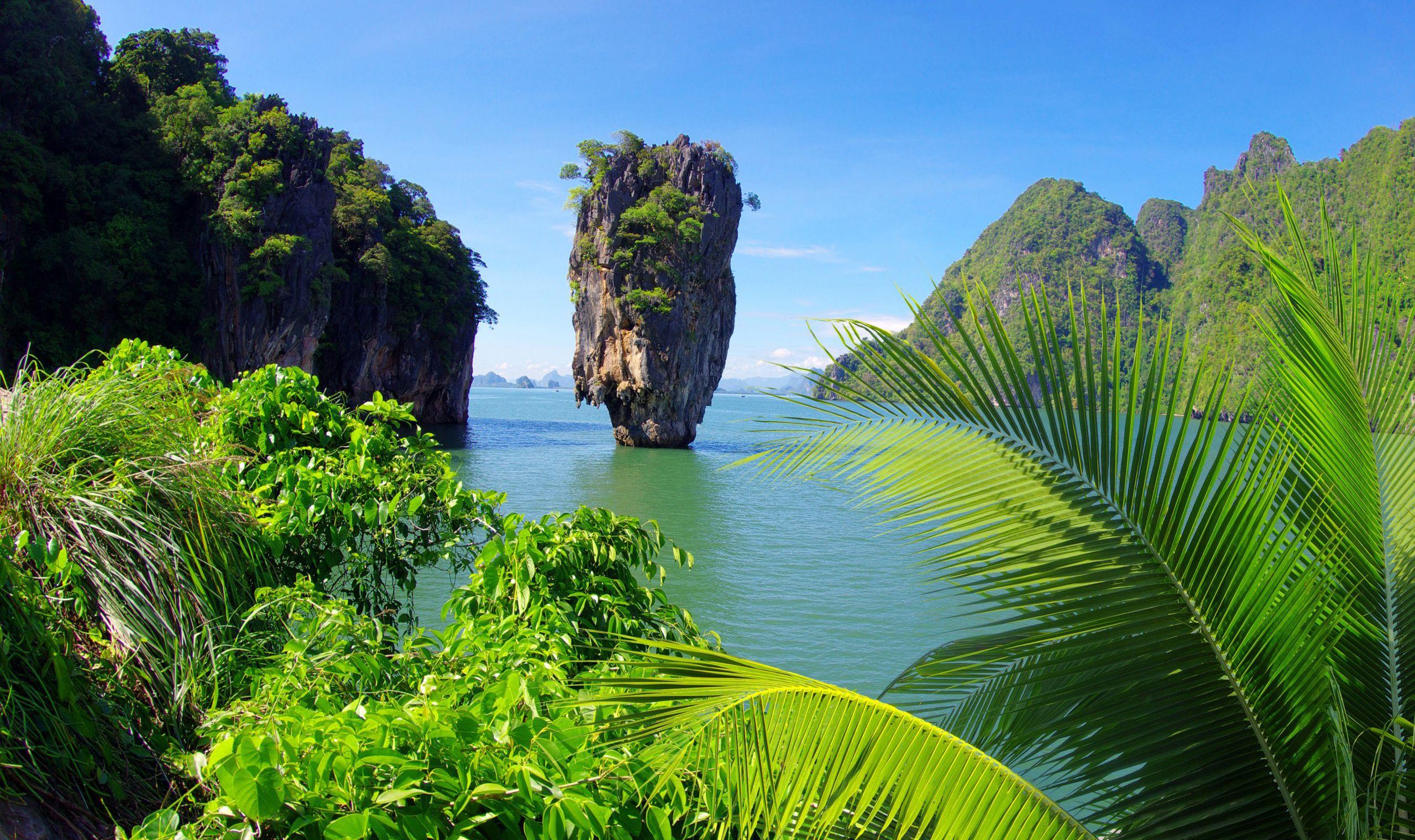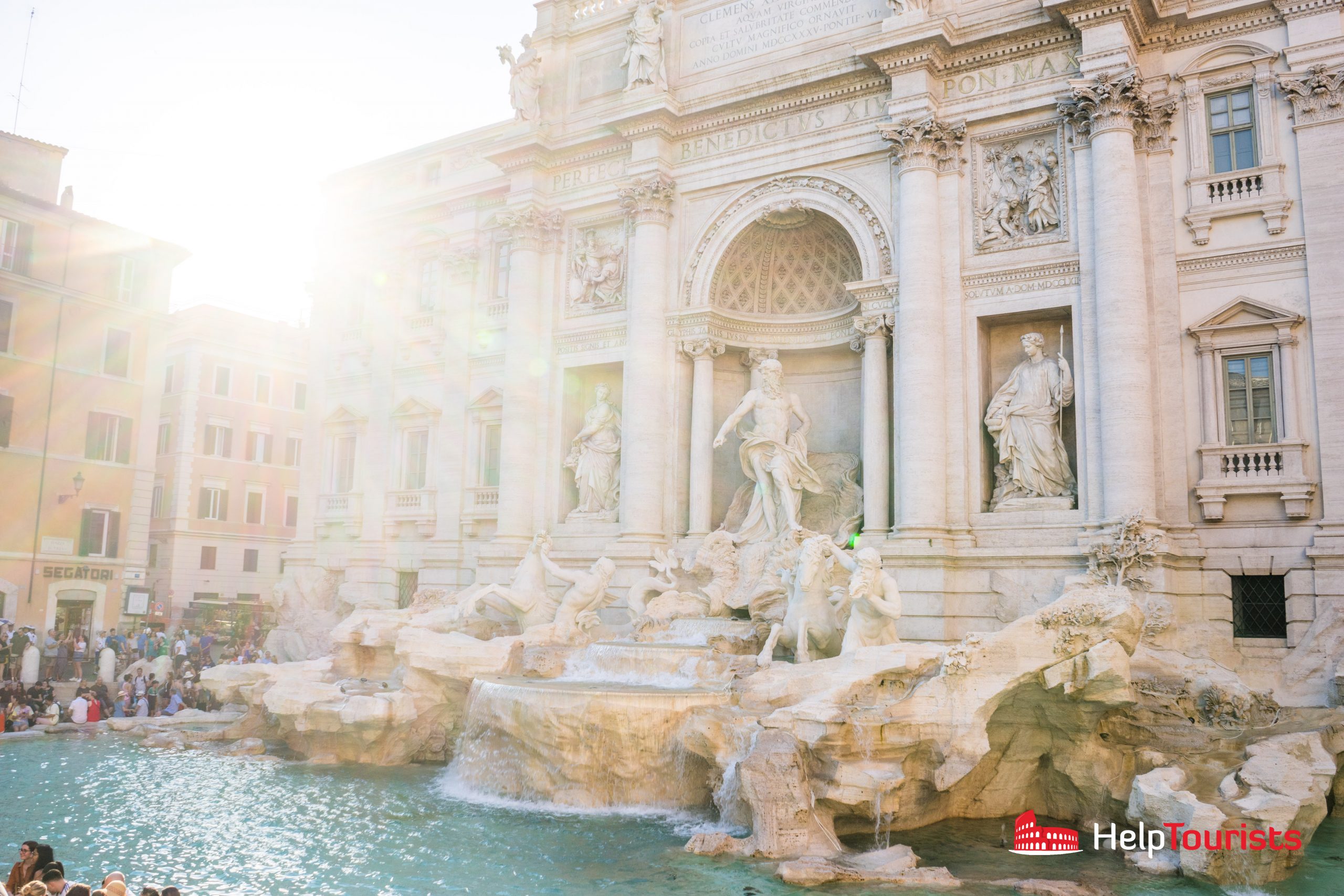Spanning approximately 277 miles in length, up to 18 miles in width, and over a mile in depth, the Grand Canyon is a veritable tapestry of geological wonders, etched over millions of years by the relentless flow of the Colorado River. More than just a breathtaking vista, this natural monument serves as a testament to the intricate interplay of time, earth, and water, offering an array of intriguing facts that expose its multifaceted allure.
1. An Artistic Canvas of Geological Layers
The Grand Canyon is ensconced in a series of vibrant rock layers that span nearly two billion years of Earth’s history. Each stratum tells a distinct story, akin to the brush strokes of a master painter. From the ancient Vishnu Schist at the bottom, which dates back around 1.75 billion years, to the more recent Kaibab Limestone at the rim, each layer varies in hue and texture, creating a visual symphony of reds, browns, and greens. This stratification not only serves as an educational tableau for geologists but also emphasizes the canyon’s status as a natural library encapsulating the planet’s geological evolution.
2. The Colorado River: A Sculptor of Landscapes
At the heart of the Grand Canyon’s formation lies the Colorado River, a persistent force of nature that has incessantly eroded the surrounding rocks. Over millions of years, this flowing architect carved the canyon, an endeavor akin to a sculptor chipping away at a large stone block. Its waters, known for their striking emerald hues, not only serve as a life source for the region’s flora and fauna, but they also offer recreational opportunities for adventurers seeking thrill and tranquility alike. Beneath its surface, the river meanders through a labyrinth of rapids and eddies, enticing kayakers and rafters into its embrace.
3. Biodiversity Hotspot
The Grand Canyon is more than a mere geological marvel; it is also one of the most biodiverse regions in North America. The varied elevations and climate zones create microhabitats, nurturing an astonishing array of species. More than 1,500 plant species, 447 bird species, and numerous mammals, reptiles, and amphibians call this magnificent chasm home. The contrasts of towering pine trees at the rim and the desert flora flourishing in the canyon’s depths serve as a reminder of nature’s splendid diversity.
4. A Cultural Crossroad
The Grand Canyon is a hallowed place for numerous indigenous tribes, including the Havasupai, Hopi, and Navajo. Each tribe has its own anecdotes and spiritual connections to the canyon, regarding it as a significant aspect of their heritage and history. The canyon is not merely a backdrop; it embodies the essence of their cultural identity. Today, tribal traditions and contemporary practices coalesce as the tribes continue to protect and share their deep-rooted connections with the land.
5. Eons of Erosion and Time
Erosion has played a pivotal role in the Grand Canyon’s evolution. The recurring cycles of sediment deposition and volcanic activity, complemented by the slow yet steady degradation caused by wind and water, have shaped it into the awe-inspiring landscape it is today. This ongoing process reflects the dynamic nature of our planet, illustrating the intricate dance between creation and decay—a cycle as old as time itself.
6. A Wonder of the Night Sky
When the sun sets, the Grand Canyon transforms into an otherworldly realm where celestial wonders abound. As one gazes upward, the night sky reveals a tapestry of stars, planets, and constellations, liberated from the artificial glow of urban life. Designated as a Dark Sky Place, the canyon offers an unparalleled stargazing experience, drawing astronomers and enthusiasts alike who yearn to connect with the universe in a more profound manner.
7. Adventures and Recreational Opportunities
The Grand Canyon is a veritable playground for those who seek adventure, offering myriad activities ranging from hiking and backpacking to river rafting and scenic helicopter tours. Trails such as the Bright Angel Trail and the South Kaibab Trail provide explorers access to the canyon’s deeper realms, while river rafting trips on the Colorado River cater to thrill-seekers yearning for cascading adventures through the canyon’s inner sanctum. Each experience reveals yet another layer of the canyon’s splendor.
8. The Grand Canyon Railway
The Grand Canyon Railway, an emblem of nostalgia, runs from Williams, Arizona, to the South Rim of the canyon, providing a unique travel experience reminiscent of a bygone era. This vintage train traverses scenic landscapes, evoking the charm of a classic railway journey while transporting visitors to one of nature’s most extraordinary landmarks. The rhythmic chugging of the train evokes a sense of anticipation, enchanting passengers with the promise of awe and exploration.
9. Conservation and Preservation Efforts
As a UNESCO World Heritage Site and one of the most visited national parks in the United States, the Grand Canyon faces inherent challenges of preservation amid growing tourism. Efforts to protect its ecological integrity and cultural significance are critical. Initiatives aimed at sustainable tourism, habitat preservation, and public education are pivotal in ensuring that the canyon remains a pristine monument for future generations to appreciate and admire.
10. A Monument to Time
To stand on the rim of the Grand Canyon is to gaze into the frequency of time itself. The myriad of layers, the intricate carvings of the river, and the diversity of life all serve as a poignant reminder of our planet’s history and resilience. The Grand Canyon is not just a location; it is a living testament to the passage of eons, inviting all who visit to reflect upon the monumental tale of nature’s artistry, endurance, and beauty.
In conclusion, the Grand Canyon, with its indelible charm and profound significance, is far more than a visual spectacle. It envelops visitors in narratives woven from time, culture, and ecology, making it a poignant reminder of the delicate balance between the earth’s natural splendor and the human experience.










